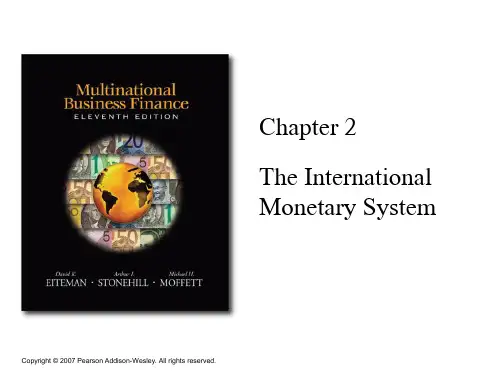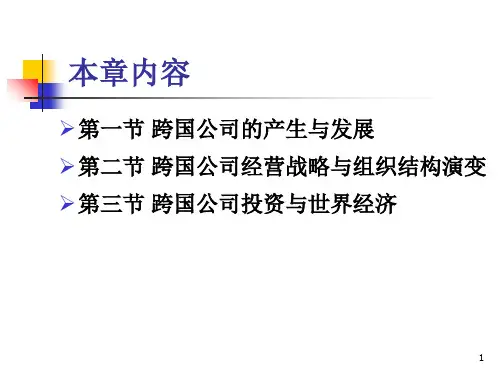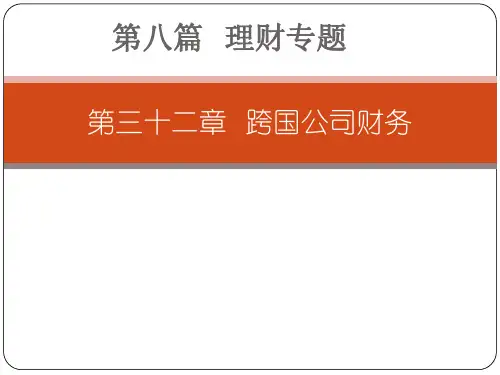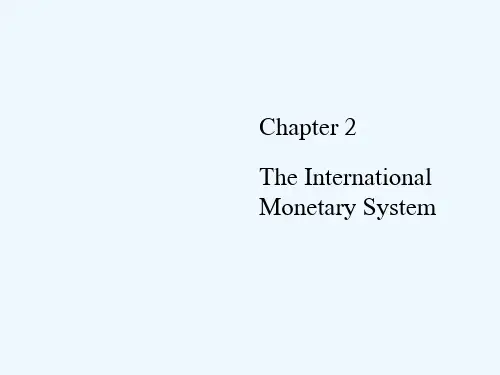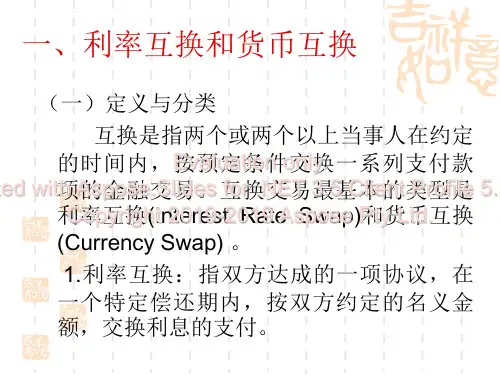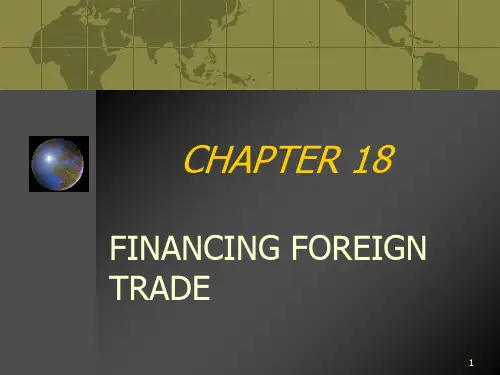Chapter 2
The International Monetary System
Topics
• History of the International Monetary System
• Contemporary Currency Regimes
History of the International Monetary System
Contemporary currency regimes
• The choice between Fixed and Flexible Rates
• A nation’s choice reflects national priorities including:
– inflation, – unemployment, – interest rate levels, – trade balances, – economic growth.
– During WWII the US dollar was the only major trading currency that continued to be convertible
History of the International Monetary System
• Bretton Woods and the International Monetary Fund (IMF) (1944)
Contemporary currency regimes
• The IMF’s Exchange Rate Regime Classifications:
– Exchange arrangements with no separate legal tender – Currency board arrangements – Other conventional fixed peg arrangements – Pegged exchange rates within horizontal bands – Crawling pegs – Exchange rates within crawling pegs – Managed floating with no pre-announced path – Independent floating
